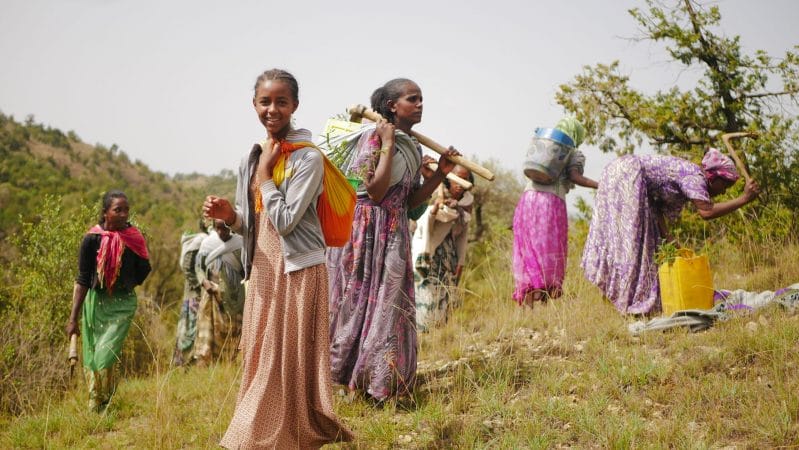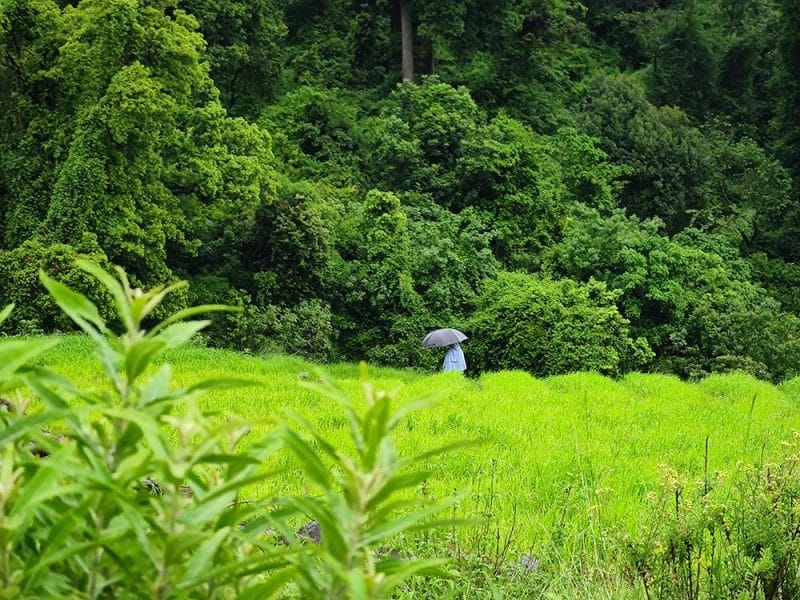Beyond the value chain: the next step in climate leadership

The path to reducing carbon is tough, but with leaders like you, change is possible. By aligning with the Science Based Targets initiative’s (SBTi) Net-Zero Standard, you’re not just acting responsibly; you’re leading by example. As it stands, fewer than 6,000 companies worldwide have made such a bold commitment. Are you ready to join them?
Women’s engagement at WeForest

Who runs the forest? Women!
WeForest joins the Global Mangrove Alliance

WeForest has become a member of the Global Mangrove Alliance (GMA), which brings together NGOs, governments, scientists, industry, local communities and funders with a common goal of conserving and restoring mangrove ecosystems.
Unravelling the differences: reforestation vs. restoration

When it comes to preserving our planet’s natural ecosystems, the terms “reforestation” and “restoration” are often used interchangeably. In fact, while there is some overlap, they’re quite different – and WeForest’s approach encompasses both, and more besides.
A guide to ESG reporting

In today’s rapidly evolving corporate landscape, ESG (Environmental, Social, and Governance) reporting has become more than just a trend—it’s an imperative.
How can planting trees help reduce climate change?

Only deep, rapid and sustained attempts to reduce greenhouse gas emissions can keep the planet from hitting 1.5°C and avoid the worst impacts of climate change, according to the latest IPCC Synthesis Report from the UN.
How we measure impact: Monitoring and Evaluation

There’s an important topic in forest restoration that often gets overshadowed by the excitement of setting new records for the number of trees planted. The truth is, growing trees and nurturing new forests require ongoing attention and care: and that’s why monitoring and evaluating (M&E) activities play such a crucial role in ensuring the success of tree-planting initiatives.
The 2023 planting season starts in Desa’a

This summer the rains in Tigray started early, so at the beginning of June the communities and team hurried to take advantage and start preparing for planting.
Forestry bees: how bees help trees

Everyone knows that bees play a vital role in pollination. Indeed, 80% of flowering plants depend upon bees for pollination. And we all know that bees feed on pollen and nectar from flowers – often prodigious quantities. But did you know that forestry bees can be useful for reforestation too?
Healthy forests, healthy people

Forests are essential to the well-being of present and future generations.







